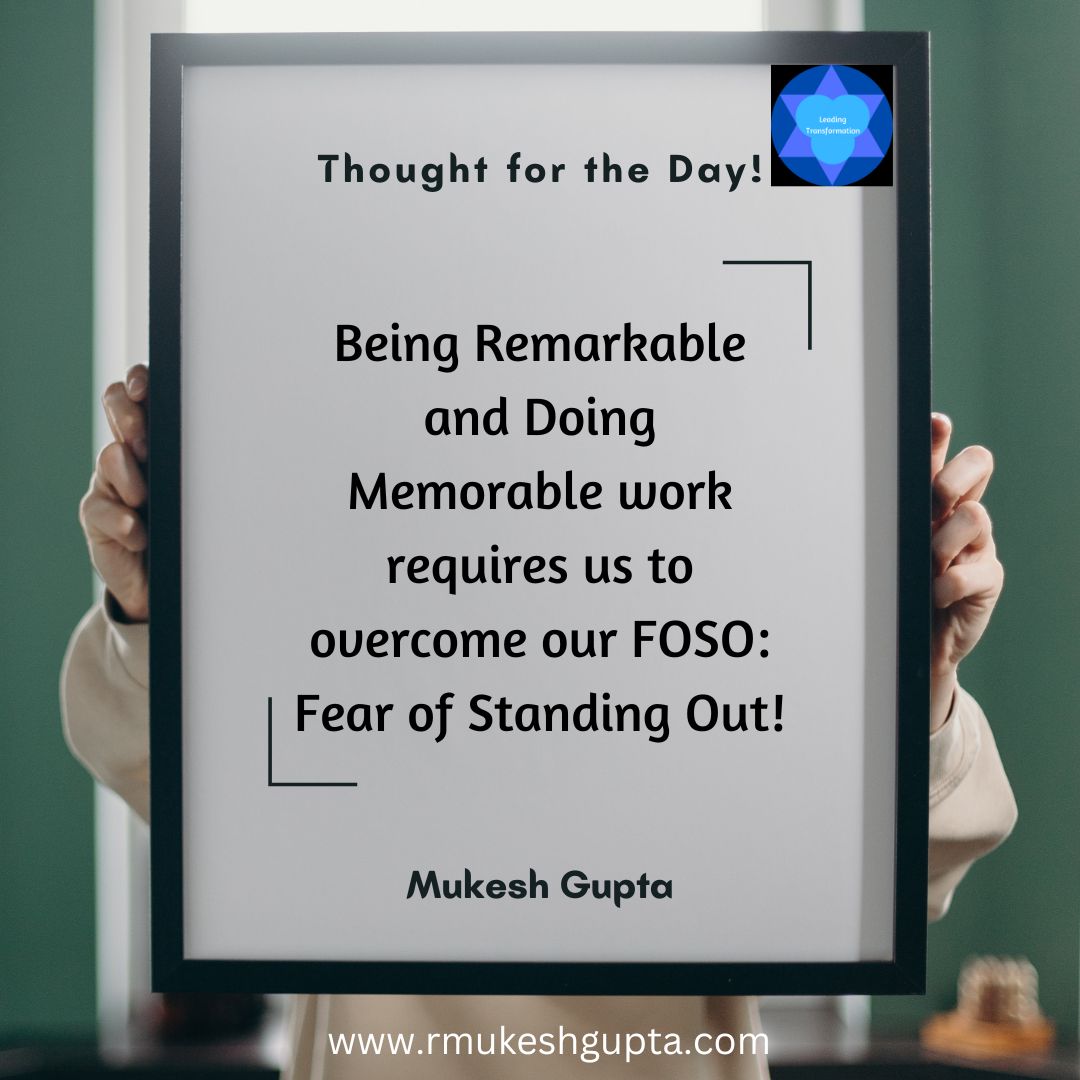 Name of the book: The Three Box Solution: A Simple Framework for leading innovation
Name of the book: The Three Box Solution: A Simple Framework for leading innovation
Author of the book: Vijay Govindarajan
Publisher: HBR Press
Overall Rating: 4/5
Implementability of ideas: 4/5
This is a book about how to lead innovation in an organisation. The framework that Vijay suggests is simple to learn and keep in mind. As he rightly says in his book, easy to remember doesn’t mean easy to implement. Leading innovation isn’t easy either. However, the simplicity of the framework is a big plus. No need to remember complicated stuff. This also means that we can put in place strategies to ensure that we are able to follow the three-box approach. So, from an implementation point-of-view, I think this book also deserves a 4/5.
Readability: 4/5
The book is clearly divided into sections (one to set up the context, one each for each box and then one to summarise. Each section talks about a specific organisation that used the approach that Vijay is sharing via this book and how they were able to benefit from the framework, The book is easy to read as it contains a lot of anecdotes, stories and analogies. So, from a readability perspective, I would say it rates 4/5.
What I learnt from the book:
The three boxes that Vijay references in the book are as below:
1. Create the future
2. Forget the past
3. Manage the present.
4. Keeping them all in balance
Create the future: This is the set of activities where we bet on a specific trend or a product or a technology and bet on it for the long term. This is like investing in a self-driving car when no one is even thinking about it. This is the box in which we can envisage a bold future, one that is radical, transformative, has the potential to disrupt not only competitors but also our existing cash cows. This is where disruptive innovation is at home. This is where you make the kind of bets that you can bet your company’s future on.
Forget the past: In most organisations, the idea for the future of the organisation exists within the organisation. However, the past success (and to some extent failures) put on shackles on the ideas with future potential. So, in order to be able to bet on the future, some of these shackles need to be cut. Some of the past actions and belief’s that led to success/failure in the past needs to be forgotten and change mandated. It is important to know which one of these actions of the past needs to be forgotten and which one of these past actions/beliefs need to be not just remembered but brought into the consciousness of the organisation again. It is the leader’s job to find out which section of the past belongs where and share that within the organisation.
Manage the present: Unless we are able to continually increase our efficiency in the present, there will be no future to be worried about. So, it is critically important that the present needs to be managed well. This is where operational efficiency and incremental innovation lives. This is where we need an engine which functions smoothly and continually improves itself. This is the success and the cash cow that will fund the future. There will come a time when we might have to bring the future in the present. Until then, the only thing that we need to worry about in the present is to keep the lights on and the profits coming in.
Keeping them all in balance: As Vijay puts it, one needs to be able to manage all of these three kinds of activities at the same time at any point in time. Failure to do so inevitably leads the business into a crisis mode sooner than later. So, how does a leader keep all the three box rolling, all at the same time? By ensuring that (s)he puts in time and effort (visibly) in all the three boxes. It can be done by a simple rule of thumb calculation like (1 day in a week focusing in the future, 1 day in a week on forgetting the past and 3 days in a week on managing the present) or by some complicated scheduling mechanism. A leader can also identify leaders who fit the profile needed to manage each box and allow them to manage each one of the boxes and (s)he can then focus on managing these leaders in turn. In any case, it is important for the leader to be visibly engaged in all the three boxes in order for this process to work.
In Conclusion:
Vijay talks about an analogy of the Hindu trinity and how it led him to create the three box framework. I believe that it is easier to remember the framework once we learn about the Hindu mythology behind the Hindu trinity:
In Hindu mythology, there are there important deities, who are considered to be the root of everything in this world:
– Brahma – the creator
– Vishnu – the protector
– Shiva – the destroyer
All of them play an equally important role in keeping the world going. At any given point in time, all of them are active. There is always something new being created. There is always something that grows and needs protection. There is always something being destroyed. So, all the three processes of creation, protection and destruction happen at the same time.
So it is with innovation. We need to invest in the creation of the future, protection of the current and destroy things from the past, in order to continue to evolve. IF we forget to do any one of these, it creates an imbalance, which inevitably leads o stress and stagnancy and eventually death.
So, the question to as is the following:
“Are your boxes in balance?” If not, how do you bring them in balance?





One thought on “Book Review – Three Box Solution”
Very true and apt to my current situation
Comments are closed.